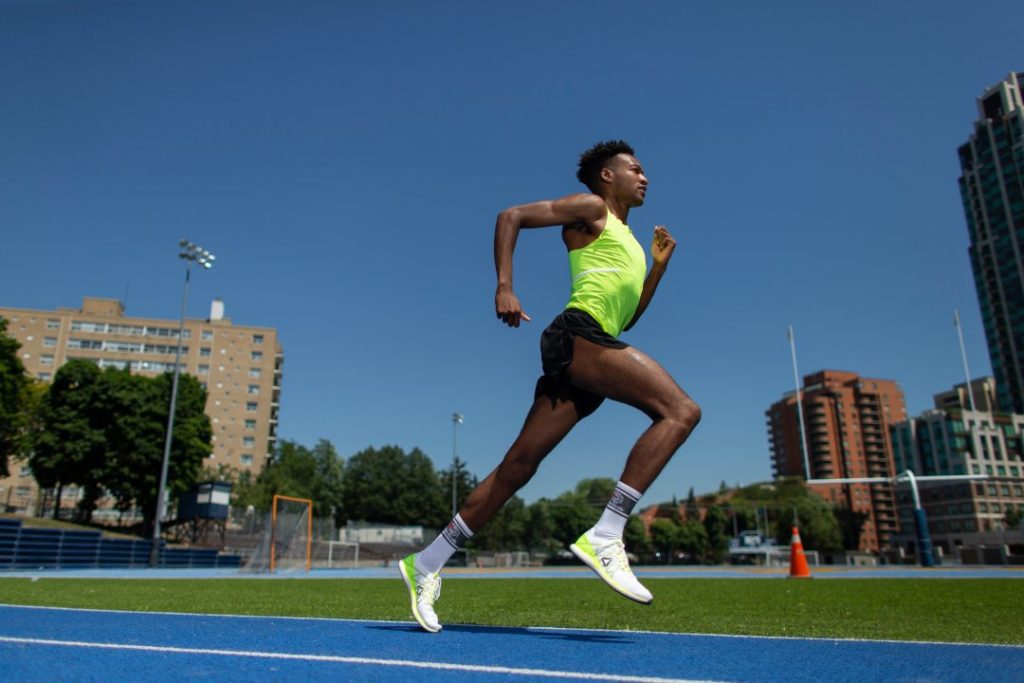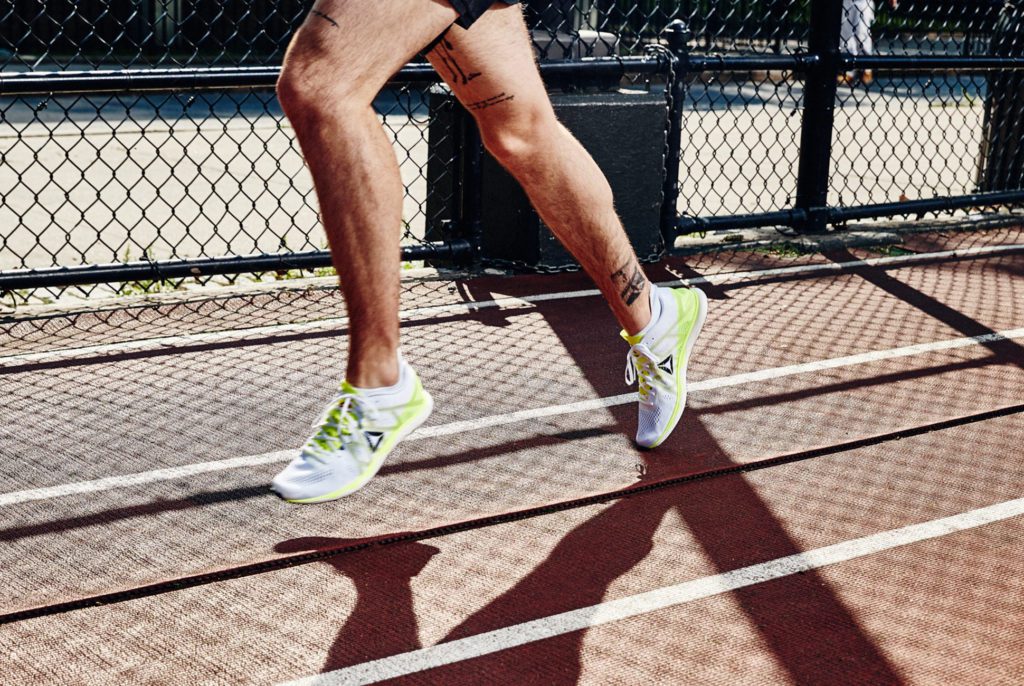
Many marathoners, both new and experienced, tend to make one major mistake when it comes to their training. They fail to incorporate sufficient speedwork.
And while you’d be wise to focus on increasing endurance through long runs and practicing race pace via tempo efforts, refusing to do speedwork is likely to hurt your performance when it comes time to cover 42.2K.
So what the heck is speedwork?
For our purposes, speedwork simply refers to running at paces faster than marathon pace.
True speedwork usually refers to all-out efforts–sprints and strides–that can only be maintained for several hundred metres. This type of training does have value including to improve running form and economy as well as developing enhanced neuromuscular connections between the brain and the muscles. For marathoners, adding 5-10 strides to the end of one or two easy runs per week, especially in the early stages of training, can be beneficial and is definitely encouraged.
But regular speedwork (for most marathoners) usually refers to running faster than marathon race pace. This too serves a number of important purposes. From a physiological perspective, running this fast helps improve your lactate threshold which is the point at which lactate–a by-product of energy metabolism–begins to accumulate in the blood and slows you down. By improving this threshold, you increase the relative pace which you can run hard–such as at marathon pace–for a prolonged period of time. From a psychological point of view, running hard develops mental toughness and also helps to make marathon pace feel relatively easier.

When and how often should a marathoner run speedwork?
For these reasons, running shorter intervals as fast as 5K pace but more often around 10K or threshold pace (approximately one-hour race pace) should be a regular part of marathon training.
Runners should aim to incorporate some form of speed training at least once a week, possibly twice. Ideally, this session will take place at a time that doesn’t interfere with the important endurance training (i.e. the long run) that should still be prioritized each week. That usually puts it mid-week somewhere, often on a Wednesday or Thursday.
Intervals can be run on the roads, a track or even trails. Just be sure you have a way to measure the distance you cover or else the time of each interval. Start with shorter intervals (800m to 1K or 3-5 minutes) and gradually increase the time and distance until you’re running intervals as long as 3-5K or 15-25 minutes in length. The total time spent running fast shouldn’t exceed 45 minutes or so and be broken up into 3-5 distinct intervals.
Some example workouts, not including the warm-up and cool-down, might look like:
- 10 x 800m with 400m rest
- 8 x 1K with 500m rest
- 6 x 1M/1.6K with 800m rest
- 5 x 2K with 1K rest
- 4 x 3K with 1K rest
- 3 x 4K with 1K rest
Dress for success
Be prepared to run fast by investing in a good pair of lightweight trainers or racing flats such as the ultra-light Reebok Floatride Fast Pros, which weigh in at only 100g.
Not only will you feel much faster is this type of shoe, but you’ll also be much more likely to nail your target paces too. Lightweight shoes also have the benefit of forcing you to run with your most efficient form which further enhances your ability to run fast. There are many excellent options for trainers and racing flats that will both have you running your best in workouts as well as help you achieve a new personal best on race day. Be sure to shop around and find the shoe that’s right for you and take it for a few spins during key workouts in the final weeks of training before toeing the start line of your goal race.

